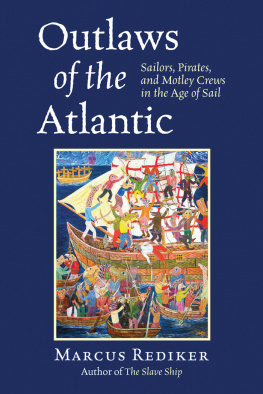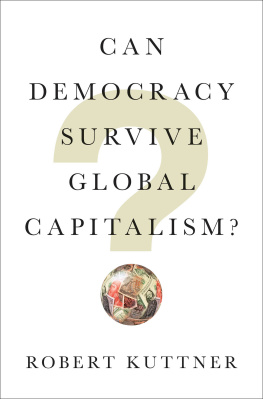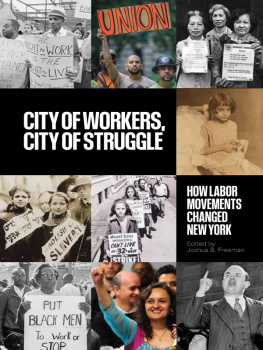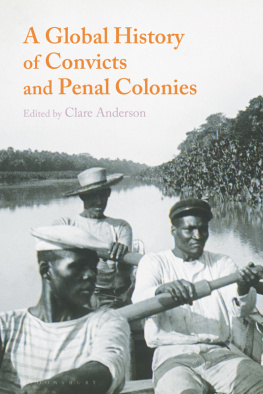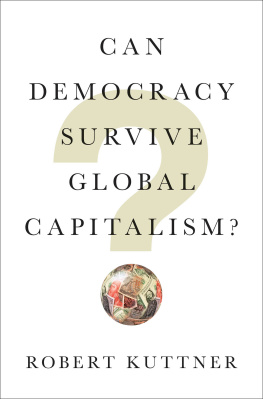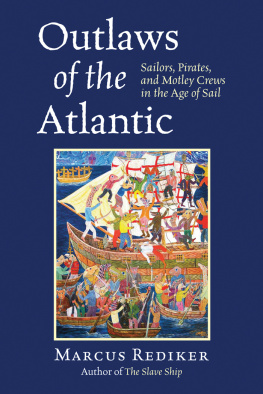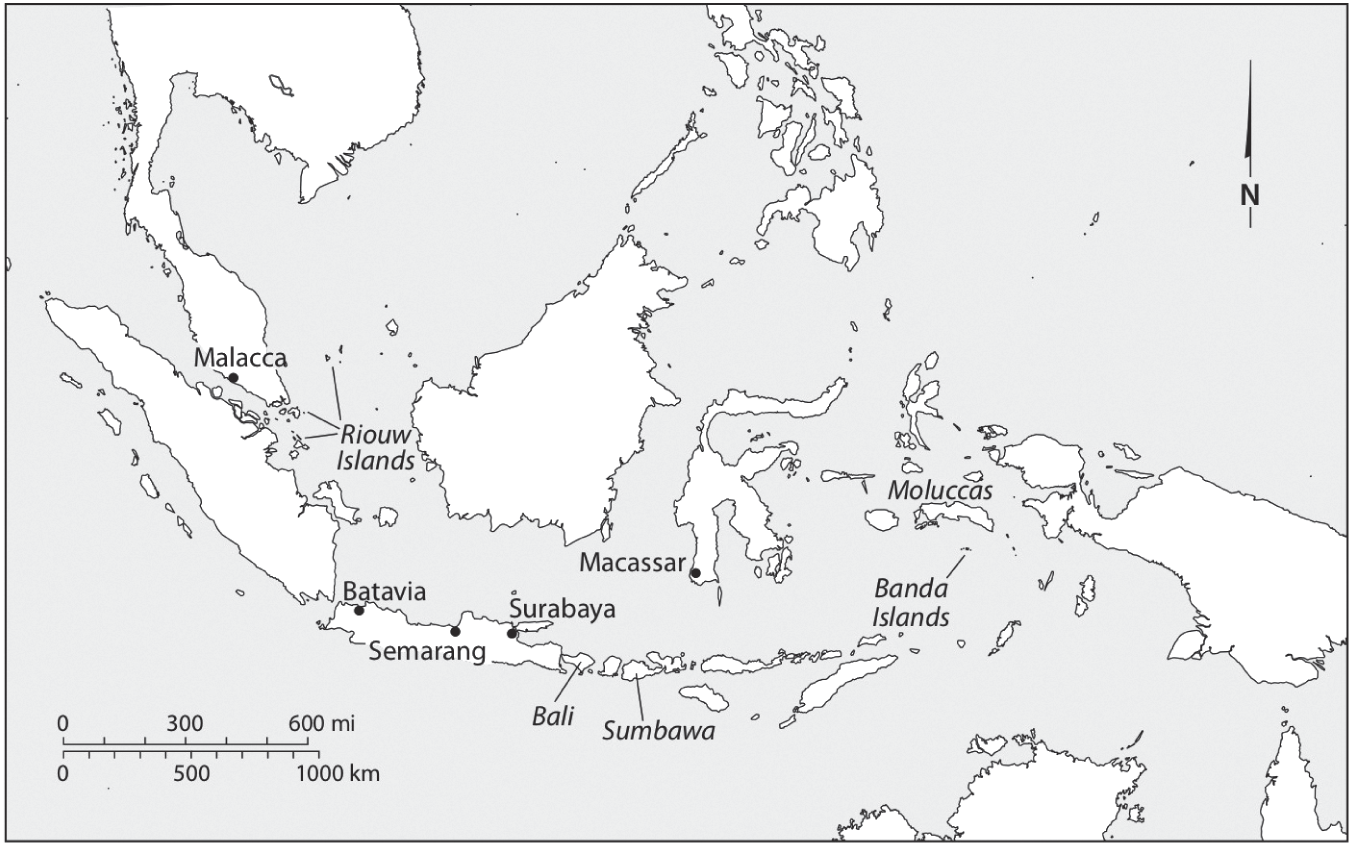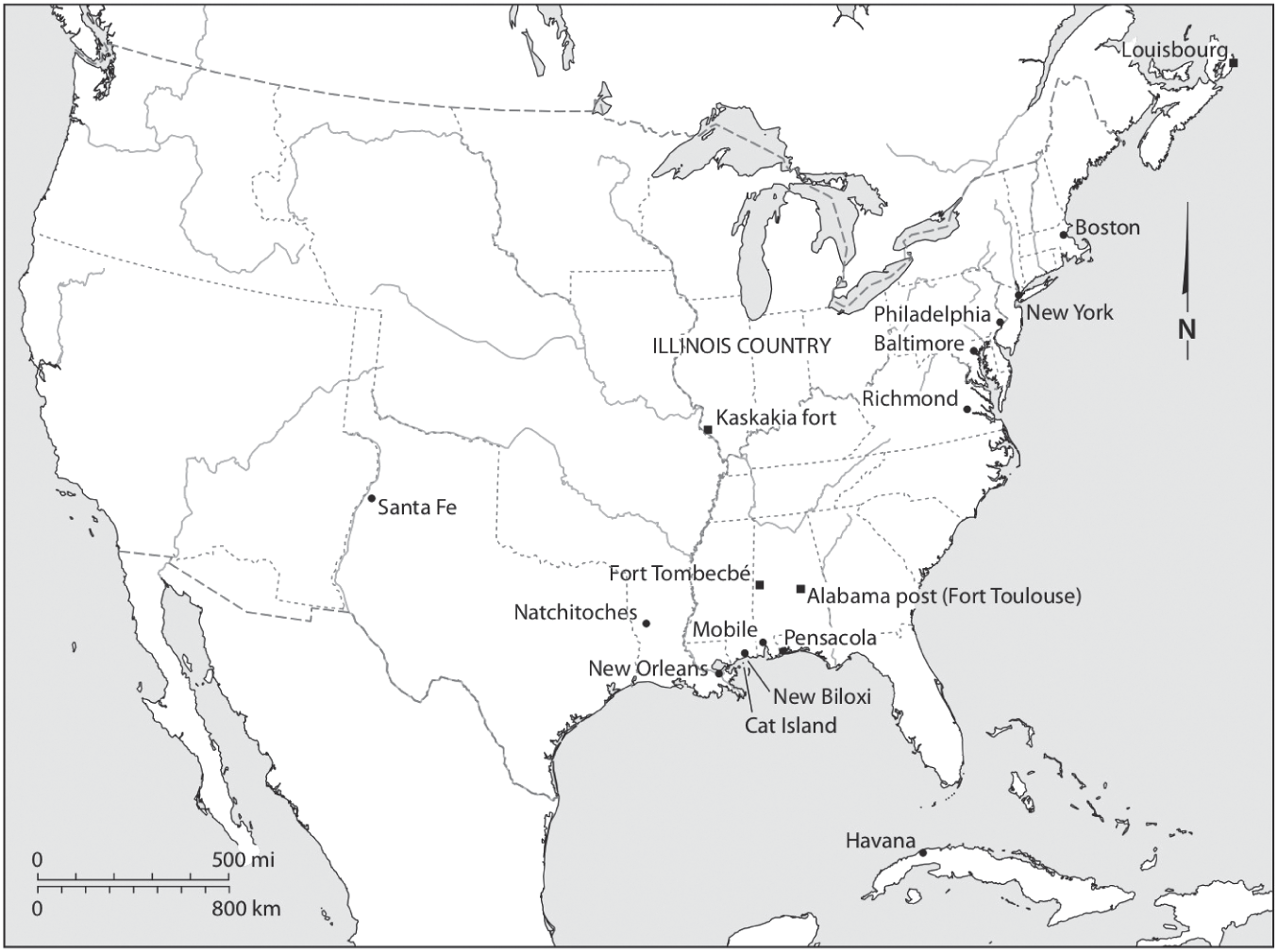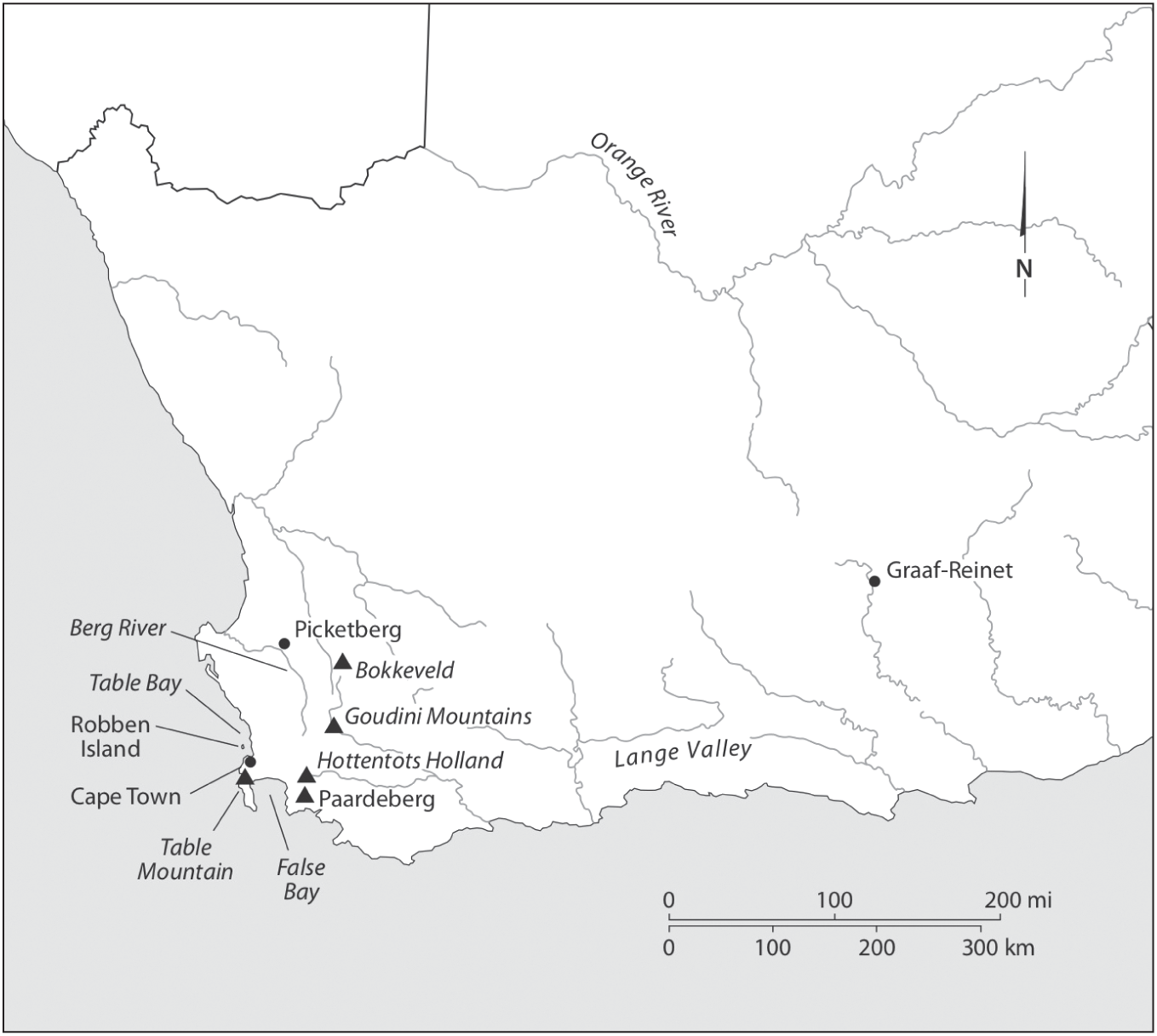A Global History of Runaways
Workers, Mobility, and Capitalism 16001850
Edited by
Marcus Rediker, Titas Chakraborty, Matthias van Rossum

UNIVERSITY OF CALIFORNIA PRESS
University of California Press, one of the most distinguished university presses in the United States, enriches lives around the world by advancing scholarship in the humanities, social sciences, and natural sciences. Its activities are supported by the UC Press Foundation and by philanthropic contributions from individuals and institutions. For more information, visit www.ucpress.edu.
University of California Press
Oakland, California
2019 by The Regents of the University of California
Library of Congress Cataloging-in-Publication Data
Names: Rediker, Marcus, editor. | Chakraborty, Titas, 1983- editor. | Rossum, Matthias van, 1984- editor.
Title: A global history of runaways : workers, mobility, and capitalism 16001850 / edited by Marcus Rediker, Titas Chakraborty, Matthias van Rossum.
Description: Oakland, California : University of California Press, 2019 | Series: The California world history library | Includes bibliographical references and index. |
Identifiers: LCCN 2018061420 (print) | LCCN 2019004045 (ebook) | ISBN 9780520973060 (Epub) | ISBN 9780520304352 (cloth : alk. paper) | ISBN 9780520304369 (pbk. : alk. paper)
Subjects: LCSH : Labor mobility--History. | Imperialism--Economic aspects. | Capitalism--History.
Classification: LCC HD 5717 (ebook) | LCC HD 5717 . G 57 2019 (print) | DDC 331.12/90903--dc23
LC record available at https://lccn.loc.gov/2018061420
28 27 26 25 24 23 22 21 20 19
10 9 8 7 6 5 4 3 2 1
CONTENTS
Leo Lucassen and Lex Heerma van Voss
Timothy Coates
Johan Heinsen
James F. Dator
Titas Chakraborty
Yevan Terrien
Nicole Ulrich
Matthias van Rossum
Hamish Maxwell-Stewart and Michael Quinlan
Anita Rupprecht
Mary Niall Mitchell
Jesse Olsavsky
ILLUSTRATIONS AND TABLES
MAPS
FIGURES
0.1.
1.1.
4.1.
4.2.
5.1.
6.1.
7.1.
7.2.
7.3.
8.1.
8.2.
8.3.
8.4.
8.5.
9.1.
10.1.
10.2.
10.3.
TABLES
0.1.
3.1.
4.1.
8.1.
8.2.
MAP 1. Leeward Islands, Caribbean Sea
MAP 2. Indian Subcontinent and the Bay of Bengal, ca. 1700
MAP 3. Dutch East India, ca. 1750
MAP 4. United States, ca. 1850
MAP 5. Cape of Good Hope, ca. 1780
MAP 6. Van Diemens Land, ca. 1840
Introduction
Flight as Fight
Leo Lucassen and Lex Heerma van Voss
One evening in March 1760, three Bengal sailors, Dedaroe, Jadoe, and Pieroe, keeping guard in the port of Batavia (present-day Jakarta), noticed a man who suspiciously hid his face with a piece of cloth while navigating past them. They asked the passenger of the vessel to identify himself and recognized him as a fellow sailor from Bengal, Baboe. Baboe had been in the service of the Dutch East India Company, but had deserted his work on the Batavia wharf. He had survived for a year and a half by performing wage labor in Batavia. In the town he had met another Bengal, Alladie, who served as a boatswain on the English vessel Pocock. Alladie had engaged Baboe to work on the Pocock, and he was now trying to smuggle his new hire aboard ship. The Dutch authorities had Alladie whipped and banned from Batavia for his role in the attempted desertion. As a Company servant under Dutch law, Baboe thus escaped severe, possibly capital punishment. He was sentenced to two years of forced labor in the ropewalk on the Island Edam off the coast of Java.
We hear Baboes voice only through the documents produced in the Courts of the Dutch, and we do not know why he absconded from his work at the wharf. Something in his living and working conditions made him decide that he would be better off outside the orbit of the Dutch company. He actually ran away from a hospital for Moorish workers, and the reason he was hospitalized may have shaped his decision. He managed to hide and survive in Dutch Batavia, doing what was described as coolie work. The Dutch and the English alike were short on hands, and Alladie was able to offer Baboe a monthly wage close to the level usual for European sailors. By sentencing Baboe to convict labor, the colonial authorities killed two birds with one stone: his punishment relieved the labor shortage of the Company.
Because of labor shortages in their far-flung colonial empires, all European colonial powers resorted to harsh discipline in recruiting and retaining workers. This was true for nominally free wage workers, like many sailors and soldiers, who signed on for a considerable time period and were not allowed to leave their jobs. It was by definition true for unfree workers like convicts and enslaved workers. Often, as in Baboes case, the available sources were written by the oppressors, offering no clues as to the motives of the runaway, nor about the network he used to survive for a year and a half in a foreign town. Other workers, like Alladie, with similar backgrounds and positions, might have helped him. But the deportment of Dedaroe, Jadoe, and Pieroe shows that this need not necessarily be the case. Even if we lack these details, it is clear that Baboe put much at stake by running away, risking harsh punishment and surviving in the urban jungle of Batavia. We can safely qualify his flight as part of a fight against oppression.
The establishment of European empires and the rise of capitalism around the globe beginning in the sixteenth century constitute the backdrop and essential contexts for this volume. Imperial expansion was a Herculean task; it required many kinds of workthe production of commodities for trade, such as sugar, tobacco, and spices; the movement of riverine boats and transoceanic vessels connecting ports with vast hinterlands; and the maintenance of factories and forts and military labor to safeguard imperial possessions. The nascent system of global capitalism required that workers from Europe, the Americas, Asia, and Africa be mobilized in ways that were novel, cooperative, and systemic. Over the early modern era, the slaves, servants, convicts, soldiers, and sailors who made the new global economy possible numbered in the millions.




